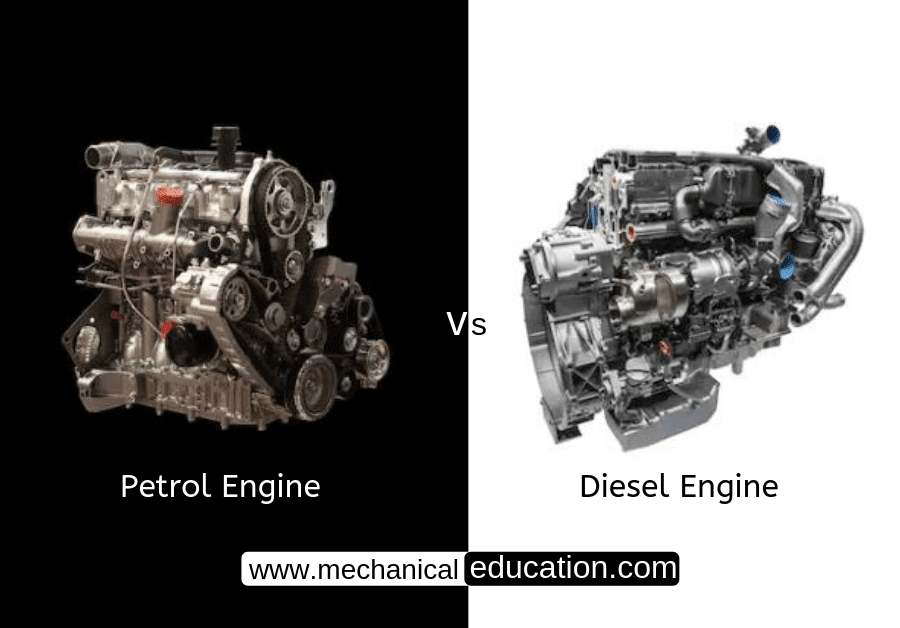Sliding contact bearings, also known as plain bearings, are used to support a rotating shaft within a housing, allowing it to rotate with minimal friction and wear. Here are some applications of sliding contact bearings:
- Automotive industry: Sliding contact bearings are used in various parts of automotive engines such as crankshafts, camshafts, and connecting rods, to provide low friction and high durability.
- Industrial machinery: Sliding contact bearings are used in various types of industrial machinery such as pumps, fans, and compressors, where a smooth and reliable bearing operation is essential.
- Aerospace industry: Sliding contact bearings are used in aircraft engines and landing gear, where high reliability and performance are required under extreme conditions.
- Power generation: Sliding contact bearings are used in various types of power generation equipment such as steam turbines, gas turbines, and hydroelectric generators, where high efficiency and reliability are essential.
- Marine industry: Sliding contact bearings are used in marine applications such as ship propulsion systems and steering gear, where durability and resistance to seawater corrosion are required.
Overall, sliding contact bearings are widely used in various industries where a smooth, reliable, and low-friction bearing operation is required. Their versatility, low cost, and ease of maintenance make them a popular choice for many different applications.
Frequently Asked Questions
1. What is a sliding contact bearing, and how does it differ from rolling element bearings?
A sliding contact bearing, also known as a plain bearing, is a type of bearing that operates with sliding motion between its surfaces. It differs from rolling element bearings, which use balls or rollers for motion.
2. Where are sliding contact bearings commonly used in industrial applications?
Sliding contact bearings find applications in various industrial settings, including machinery, automotive components, and heavy equipment, where they are used to support rotating or sliding shafts.
3. How does lubrication play a critical role in the performance of sliding contact bearings?
Lubrication is crucial for sliding contact bearings to reduce friction and wear. It forms a thin film between the sliding surfaces, preventing direct metal-to-metal contact and enhancing the bearing’s lifespan and efficiency.
4. Can sliding contact bearings handle heavy loads and high speeds?
Sliding contact bearings are generally suitable for moderate loads and speeds. For heavy loads and high-speed applications, other types of bearings, such as roller bearings, might be preferred due to their ability to handle higher forces.
5. What are the common materials used in manufacturing sliding contact bearings?
Materials such as bronze, brass, steel, and various self-lubricating materials like PTFE (polytetrafluoroethylene) are commonly used in the construction of sliding contact bearings.
6. How is the alignment and clearance managed in sliding contact bearings?
Proper alignment and clearance in sliding contact bearings are essential for optimal performance. Clearances are usually set during the design and manufacturing process, and alignment is achieved through proper installation and maintenance practices.
7. Can sliding contact bearings operate without external lubrication in certain conditions?
Yes, some self-lubricating sliding contact bearings incorporate materials like PTFE or graphite, allowing them to operate with minimal or no external lubrication in certain conditions. This makes them suitable for applications with limited access for maintenance.
8. How are sliding contact bearings maintained, and what are the common signs of wear?
Maintenance involves periodic lubrication and inspections. Common signs of wear include increased friction, heat generation, noise, and visible damage to the bearing surfaces. Regular checks help identify these issues early.
9. Are sliding contact bearings suitable for oscillating or reciprocating motion applications?
Yes, sliding contact bearings can handle oscillating or reciprocating motion. They are designed to accommodate a variety of motions, making them versatile for different types of machinery and equipment.
10. How do environmental factors, such as temperature and contaminants, affect sliding contact bearings?
Extreme temperatures and contaminants can impact the performance of sliding contact bearings. Proper sealing, material selection, and maintenance practices are employed to mitigate the effects of environmental factors and extend the bearing’s lifespan.




